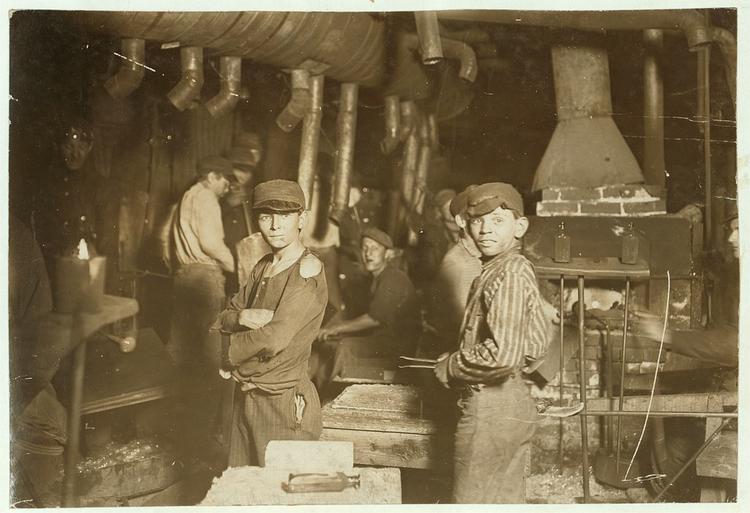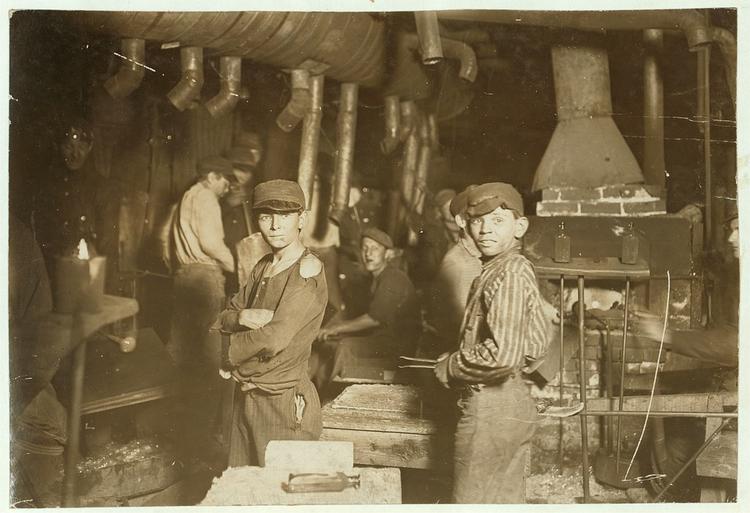A campaign to curb greed was key to the first fight against child labor. With GOP states putting young kids to work, we need that battle again.
Now those horrors are reappearing.
The number of kids employed in direct violation of existing child labor laws, the Economic Policy Institute reported this year, has soared 283 percent since 2015 — and 37 percent in just the last year alone.
More recently there was the alarming news that three Kentucky-based McDonald’s franchising companies had kids as young as 10 working at 62 stores across Kentucky, Indiana, Maryland, and Ohio. Some children were working as late as 2 a.m.
Federal legislation to crack down on child labor has stalled out amid Republican opposition. And at the state level, lawmakers across the country are moving to weaken — or even eliminate — child labor limits.
One bill in Iowa introduced earlier this year would let kids as young as 14 labor in workplaces ranging from meat coolers to industrial laundries. And Arkansas just eliminated the requirement to “verify the age of children younger than 16 before they can take a job,” the Washington Post reported.
Over a century ago, in the initial push against child labor, no American did more to protect kids than the educator and philosopher Felix Adler. In 1887, Adler sounded the alarm on child labor before a packed house at Manhattan’s famed Chickering Hall.
The “evil of child labor,” Adler warned, “is growing to an alarming extent.” In New York City alone, some 9,000 children as young as eight were working in factories. Many of those kids, Alder said, “could not read or write” and didn’t even know “the state they lived in.”
By the end of 1904, as the founding chair of the National Child Labor Committee, Adler had broadened the battle against exploiting kids. He railed against the “new kind of slavery” that had some 60,000 children under 14 working in Southern textile mills up to 14 hours a day, up from “only 24,000” just five years earlier.
Adler put full responsibility for this exploitation on those he called America’s “money kings,” who he said were after “cheap labor.” Alongside his campaigns to limit child labor, Adler pushed lawmakers to end the incentives that drive employers to exploit kids.

Via Pixabay.
Aiming to prevent the ultra rich from grabbing all the wealth they could, Adler called for a tax rate of 100 percent on all income above the point “when a certain high and abundant sum has been reached, amply sufficient for all the comforts and true refinements of life.”
After the United States entered World War I, the national campaign for a 100-percent top income tax rate on America’s highest incomes had a remarkable impact. In 1918, Congress raised the nation’s top marginal income tax rate up to 77 percent, 10 times the top rate in place just five years earlier.
During World War II, President Franklin Roosevelt renewed Adler’s call for a 100-percent top tax rate on the nation’s super rich. By the war’s end, lawmakers had okayed a top rate — at 94 percent — nearly that high. By the Eisenhower years, that top rate had leveled off at 91 percent.
Felix Adler died in 1933, before he could see the full scope of his victory. But by the mid-20th century those inspired by him had won on both his key advocacy fronts. By the 1950s, America’s rich could no longer keep all they could grab, and masses of mere kids no longer had to labor so those rich could profit.
Via Otherwords



 © 2025 All Rights Reserved
© 2025 All Rights Reserved